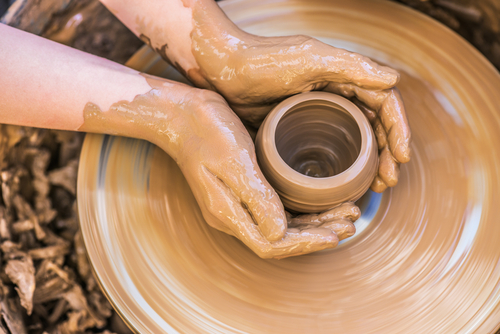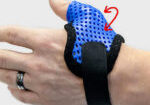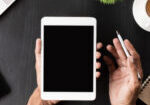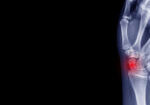It was early in my career, maybe a year out of school. I was working with a veteran physical therapist that had been practicing for thirty plus years. She was somewhat intimidating and one of those old school physical therapists that thrived on being aggressive. We were chatting about what areas of occupational hand therapy I was interested in. I told her I was interested in hand therapy.
She said to me, “why would you ever want to be a table-top therapist?”
That very question has followed me in my career and in some ways has driven me to make sure I am providing treatments that are centered around “occupation” and to ensure I am providing meaningful therapy.

I also have this amazing opportunity to work with several students from the local university where occupation is the center of their education. It is the foundation for occupational therapy and what makes us different from the other rehabilitative profession.
It is not only about treating occupation and a means to an end but also as the end. How can you possibly provide occupation-based treatment when you are concerned about the details of a tendon gliding 3-5 mm without rupturing but preventing scar adhesions. How can you make passive flexion exercises occupation based? How is this an occupation-based treatment? I think it is about keeping occupation at the core of the treatment.
As a simple illustration, I have provided a simple case study that is typical for our clinic.
A 26-year-old patient was helping some friends do some remodeling when her wrists went through a glass window. She lacerated every flexor tendon along with both her median and ulnar nerve. She is a young mother of three and unemployed. Her fiancé just got done serving 5 years of a prison sentence for armed robbery. Her two older children are in the custody of another family member and her youngest is living with her and the fiancé.
During the initial evaluation, my questions are centered around occupation. What does a typical day look like before the injury? What does it look like now that you have no use of your dominant hand? What are your current goals? What things do you need to be able to do now to get through the day?

Getting an understanding of the daily occupations, gives me insight into the patient’s life and how my treatments can not only prevent tendon ruptures but provide a meaningful treatment the patient can implement immediately. On the first visit, we did review edema management techniques along with a protected range of motion exercises. I was able to help her identify times she could implement these exercises based on what she told me during the initial evaluation. I was able to show her one-handed techniques (one handed techniques occupational therapy) to complete the ADLs that were crucial to making her day easier such as donning a bra, doing her daughters hair and doing simple meal preparation for her family.
Occupation in hand therapy can not only be used as a means to an end but also as a therapeutic agent throughout the intervention.
What are some other ways you can implement occupation-based treatment into hand therapy?
More To Read
IFC vs TENS: Electrical Stimulation for Pain and Swelling
In this article we’re looking at the difference between Inferential Current versus Transcutaneous Electric Nerve Stimulation (IFC vs TENS). Transcutaneous Electric Nerve Stimulation (TENS) TENS variations are often described by their technical characteristics: high frequency, low intensity (conventional TENS) or low frequency, high intensity (acupuncture-like TENS, AL-TENS) (Walsh et al., 2009). How TENS Addresses Pain:…
Read MoreCMC Arthritis Orthosis in the Hand: Mechanics and Purpose
One of the most common diagnoses we see in hand therapy is osteoarthritis of the 1st carpo-metacarpal joint where the metacarpal articulates with the trapezium. Also known as basal joint arthritis (CMC arthritis), this causes pain, joint deformity, loss of strength and loss of function. Patients come to us looking for relief of symptoms and…
Read MoreVideo Augmented Hand Therapy after CVA with hemiplegia.
The previous rapid review discussed the positive outcomes of video-augmented hand therapy after a CVA with hemiplegia. Please watch this vlog to discover how to make the video augmented box to make it easily integrated into your clinic. Video By: Shannon Skowbo
Read MoreShould we still be immobilizing the thumb in scaphoid fractures, or is a wrist-only cast just as effective?
Article:Harper, K. J., Rees, Y., Tan, N. X., Li, H., Fonseca, E. A., Quach, P. G., Lee, G. S., Brayshaw, J.R., & McGarry, S. (2025). Determining the success of clinical outcomes for thumbimmobilization compared to no thumb immobilization in adult non-displaced, non-surgically managed scaphoid fractures: A systematic review. Hong Kong journal ofoccupational therapy. The Skinny:This study…
Read MoreSign-up to Get Updates Straight to Your Inbox!
Sign up with us and we will send you regular blog posts on everything hand therapy, notices every time we upload new videos and tutorials, along with handout, protocols, and other useful information.






